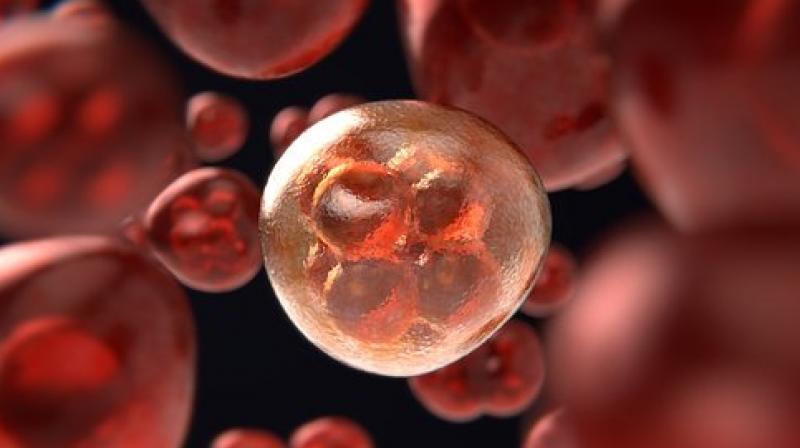Successful blood stem cell transplant gives cancer patients second chance

Did you know that in India, every 5 minutes someone is diagnosed with a blood cancer or blood disorder? And that for most people a blood stem cell donation from a stranger with similar tissue type is their best – or only – chance of survival?
Blood cancer refers to the defects in the blood-forming system which starts in the blood marrow. This leads to the formation of immature or dysfunctional blood cells that multiply uncontrollably, crowding out the healthy cell. Blood cancer is also one of the most common cancers reported in India.
Many blood cancer patients are children and young people whose chance of recovery from blood cancer is a successful blood stem cell transplant donated from a matching donor. For an individual to be able to donate their blood stem cells a match in HLA / tissue type is important.
HLA is the abbreviation of ‘human leucocyte antigen’ which is commonly known as ‘tissue types’. The HLA or Human leucocyte antigen is our body’s way of distinguishing between its own and alien tissue. Though tissue types are passed from parents to their children, only about 30% of the patients in need of a stem cell transplant as a life-saving treatment, can find a sibling match. The rest 70% depend on finding a matching unrelated donor. That’s when a registry is looked up to. A stem cell registry is typically a database of potential donors.
Anannya, an 8-year-old kid belonging to Maharashtrian ethnicity living in Mumbai, was diagnosed with a relapse of Acute Lymphoblastic Leukemia (ALL), a type of blood cancer common in children. While Anannya is currently undergoing chemotherapy, she needs a perfect matching donor to undergo a stem cell transplant, which is her only hope of survival.
For a successful stem-cell transplant, ethnicity plays a key role in finding the perfect match. Patients and donors of Indian origin have unique HLA characteristics that can be found only among the Indian group. But due to the lack of awareness and myths and facts associated with stem cell donation there is an under-representation of Indians in the stem cell registry. This makes it extremely difficult for Indian patients to find a matching unrelated donor. Hence with the consistent increase in the disease burden in India, the need for increasing the Indian representation in a stem-cell registry has now become a priority.
To address this need gap, it is important for people to be aware of the do’s and don’ts of stem-cell donation and how one can become a potential donor. It is also important for people to realize that blood cancer is not the end and a patient can recover if provided with blood stem cells from a matching donor.
*Disclaimer: The above article has been contributed by Patrick Paul, CEO, DKMS BMST Foundation India. The opinions expressed are the personal opinions of the author. Deccan Chronicle does not hold any responsibility and liability for the above content.

